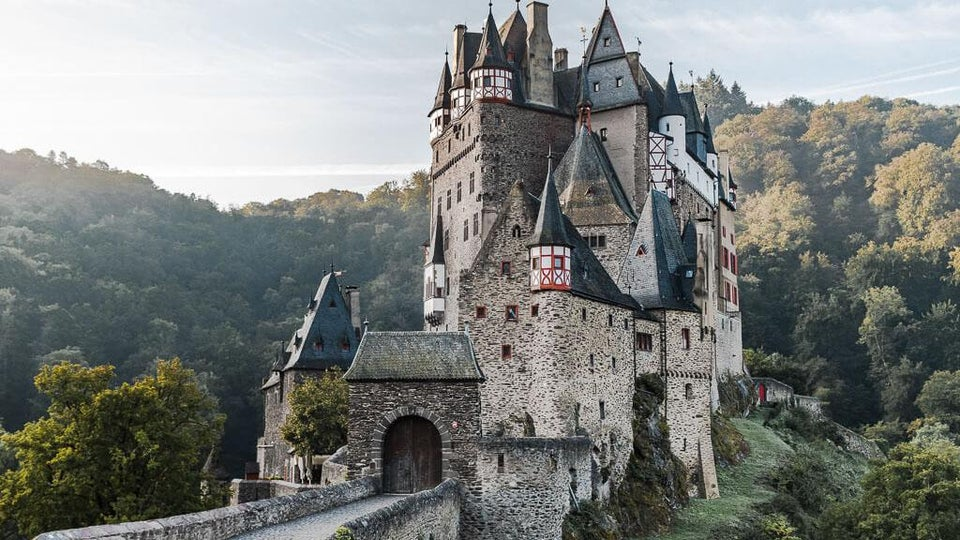First Year Seminar:Medieval Castles: Bastions of War and Peace

In this seminar we will explore the extraordinary history of the medieval castle from its inception in the centuries following the fall of the Roman Empire in the fifth century to the advent of efficient siege artillery about a thousand years later. We will investigate the massive keeps of Romanesque England and France; the sprawling hilltop fortresses of the Hohenstaufen emperors in Germany and southern Italy; the awesome Crusader castles in the Holy Land and their equally daunting Muslim counterparts; the impregnable castles of Edward I in Wales; and the towering brick fortresses of the Order of the Teutonic Knights in the eastern Baltic. The course contains a strong element of visual analysis, for example of architectural plans and topographical maps. Students will also learn how to read relevant primary sources, for instance a medieval chronicle’s description of a siege, and how to distinguish popular from scholarly accounts of medieval castles and their development. Important questions that this course raises and aims to answer include the following: What sites were chosen for the construction of castles? How did technological change affect the design of castles? Were castles simply utilitarian structures or perhaps also bearers of symbolic meaning? And what was life like in a medieval castle in times of war and peace, both for the lord and his family and for the garrison stationed within its walls?
Course requirements:
Attendance: Mandatory, an attendance sheet will be circulating.
Cell phones and other mobile devices: Have to be switched off and stowed away.
Laptops: Permitted for the sole use of note-taking.
Class Powerpoints: Will be posted on CANVAS after each class.
Bibliographical suggestions: There is no comprehensive, text-book survey in English on the phenomenon of the medieval castle. For an up-to-date, if hefty and wordy, study on castles in England, see John GOODALL, The English Castle, 1066-1650 (New Haven & London: Yale, 2011); still useful on the same subject is R. Allen BROWN, English Castles (London: Boydell, 2004; first published 1954). On Crusader castles, see Hugh KENNEDY, Crusader Castles (Cambridge: CUP, 1994), which is fairly accessible if a bit dry. Daily life in medieval castles and its complex material culture is explored in Joseph and Frances GIES, Life in a Medieval Castle (New York & San Francisco: Harper Colophon, 1979), which centers on Chepstow Castle, and Joachim BUMKE, Courtly Culture: Literature and Society in the High Middle Ages (Woodstock & London: Overlook Duckworth, 2000), esp. Chapter 3. On the overall impact of castles on medieval artistic and literary culture, see Abigail Wheatley, The Idea of the Castle in Medieval England (York: York Medieval Press, 2004). For the ethos and techniques of medieval warfare, see Philippe CONTAMINE, War in the Middle Ages (Oxford: Blackwell, 1984). In addition, the Osprey Fortress series offers a wide range of short monographs on different types of castles and fortifications throughout ancient and medieval Europe. Note that most of these publications are written by military historians rather than scholars of medieval culture or architecture.